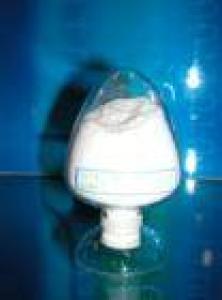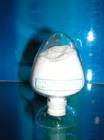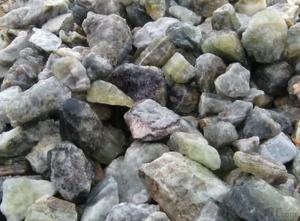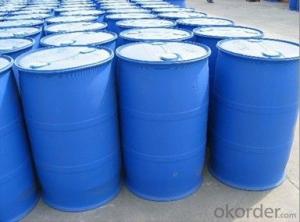Sell Magnesium Fluorosilicate, good qualtiy
- Loading Port:
- China main port
- Payment Terms:
- TT OR LC
- Min Order Qty:
- 25 m.t.
- Supply Capability:
- 1000 m.t./month
OKorder Service Pledge
OKorder Financial Service
You Might Also Like
It is used as hardening agent and waterproof agent for concrete to improve rigid it yand intensity,in handling fluoride efflorescence of silica building,in ceramic industry. It prevents and kills off insect pests from textile. It is used as insecticide etc.
Magnesium Fluorosilicate 98%min
Silicon dioxide 0.05%max
Fluoride acid 0.2% max
Magnesium sulphate 0.5% max
Water 0.6% max
Magnesium fluoride 0.15% max
Water-insoluble matter 0.25% max
| Spec | hign quality |
| Quantity | 1000mt |
| Price | negotiable |
| Package | in pastic bag then to woven bag |
| Valid Until | 2015/12/31 |
- Q: How does inorganic salts maintain osmotic pressure and pH
- Osmotic pressure to the concentration of inorganic salts affect the distribution of water molecules inside and outside the cell ~ to adjust the osmotic pressure, when the extracellular fluid concentration is greater than the intracellular fluid when the performance of water loss, otherwise the water.
- Q: Why plasma osmotic pressure and protein, inorganic salt content
- Plasma osmotic pressure is divided into crystalline osmotic pressure and colloid osmotic pressure.
- Q: Sodium bicarbonate is not an inorganic salt
- Yes, organic refers to salts with carbon skeleton chains other than carbon and carbon oxides and carbonates, so sodium bicarbonate is an inorganic salt
- Q: Milk food rich in nutrition, in addition to containing a variety of inorganic salts which also contain three types of organic energy can be organic
- Fat Glucose Protein
- Q: What is the most important inorganic salt in plant growth?
- The inorganic salts required by plants are nitrogen, phosphorus and potassium containing inorganic salts, and if any lack of plants will affect the normal growth of plants, nitrogen is a component of many important organic compounds in the body, such as protein, nucleic acid, chlorophyll , Enzymes, vitamins, alkaloids and some hormones contain nitrogen. Nitrogen is also the basis of genetic material in all organisms, the most important protein, it is often in the center of metabolic activity.Now is to limit the growth of plants and the formation of the primary Factor. It also has a significant effect on improving the quality of the product.K2 is dissolved in the plant juice, and its main function is related to the metabolism of the plant.The content of phosphorus in the plant is second only to nitrogen and potassium, Phosphorus plays an important role in plant nutrition. Almost all important organic compounds in plants contain phosphorus. Phosphorus is involved in photosynthesis, respiration, energy storage and delivery, cell division, cell enlargement and other processes in plants.
- Q: salt is organic or inorganic?
- any salt is ionic which means ionic bonds, and carbon mostly forms covalent bonds, so it is very very unlikely that a salt contains carbon making it organic so most if not all salts are inorganic
- Q: Cells are composed of water and inorganic salts or by organic matter and none
- There are also organic matter such as protein and lipid
- Q: A. oxygen demanding wastesB. organic plant nutrientsC. inorganic plant nutrientsD. water soluble inorganic chemicalsE. sediment
- Acids, D. water soluble inorganic chemicals salts, D. water soluble inorganic chemicals metals E. sediment
- Q: How to extract inorganic salts in soil?
- Find a piece of mud, with water, filter out the permeate, filter with filter paper. The liquid was placed in a beaker and dried to obtain white crystals
- Q: Would the amount of saltwater drops a penny surface could hold without spilling increase, or decrease, as the salt concentration increases? Also, maybe an explanation behind why it increases/decreases?Thank you!
- The source below says inorganic salts increase surface tension. In the present case increasing the concentration of salt (and so increasing the surface tension) would result in an increase in the number of drops being held on the surface of the penny.
Send your message to us
Sell Magnesium Fluorosilicate, good qualtiy
- Loading Port:
- China main port
- Payment Terms:
- TT OR LC
- Min Order Qty:
- 25 m.t.
- Supply Capability:
- 1000 m.t./month
OKorder Service Pledge
OKorder Financial Service
Similar products
Hot products
Hot Searches
Related keywords
























